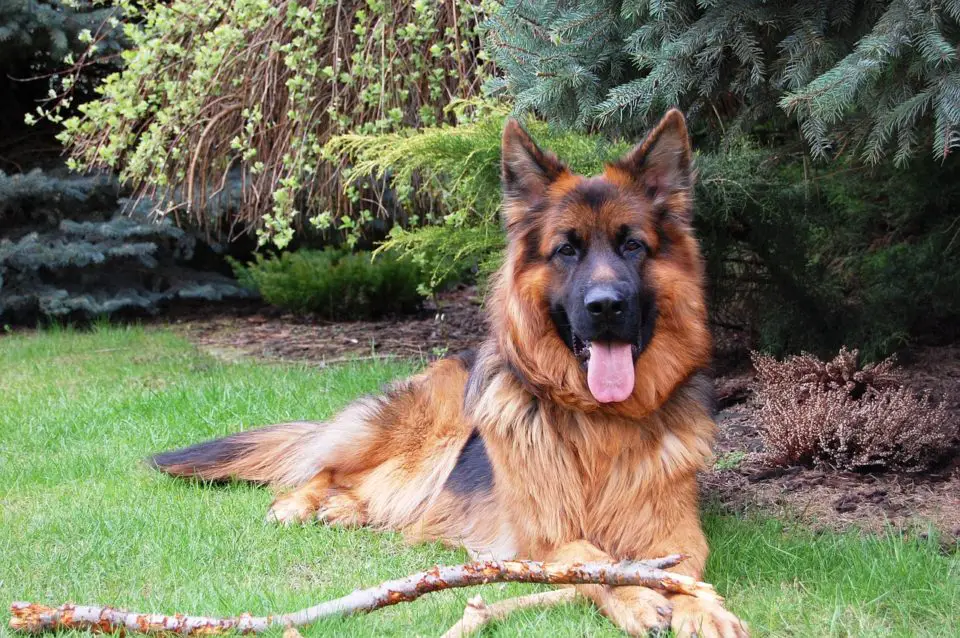Hi, I’m Irena and I love dogs. In fact I have four of my own, all mixed breeds, but loyal and loving all the same.
Today I’m going to talk about German Shepherds. We all know that different breeds have different temperaments, different health issues and different looks, but did you know that the same can be said for dogs of the same breed.
In fact there are five different varieties of German Shepherds:
1. American Show Lines
2. West German Show Lines
3. West German Working Lines
4. East German DDR Working Lines
5. Czech Working Lines
German Shepherds were bred to be working dogs, but as time went on the breed became more popular and some were then bred to be show dogs.
This led to variations in color, size and health amongst other things.
However, the one thing they have in common is that they make great pets as well as being show dogs or working with the police force.
They are gentle and patient with children, but they do need a lot of exercise and jobs to do like fetching the paper or opening doors
The 5 Different Types of German Shepherd
1) American Show Lines
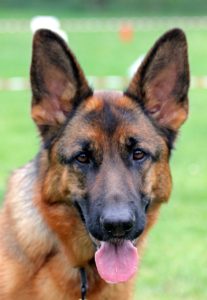 German Shepherds were brought into the United States in the late 1800s, but instead of being used as working dogs, they were bred to be show dogs.
German Shepherds were brought into the United States in the late 1800s, but instead of being used as working dogs, they were bred to be show dogs.
Over the years they started to look different to the working German Shepherd, for example their rear angulation is extreme.
This means that their bodies slant downwards from the head to their rear ends. They are also taller and longer than the original German Shepherds from Europe.
American Show Lines come in an assortment of colors; black and tan saddle, black, sable, bi-color and white. They tend to be lighter colored than the European lines. Their coats are also thicker and longer than working dogs.
As well as being show dogs, American lines make fantastic family pets. They are laid back dogs with less energy than working dogs, but they still need plenty of exercise and jobs to do.
All German Shepherds love to be useful. The American lines are also easy to please so it isn’t difficult to train them. Wish I could say the say for my lot, especially Sherlock who definitely has his own mind.
In addition, American line German Shepherds can be used to herd sheep and other animals, but their main priority is being a show dog.
They are brilliant at tracking, agility and negotiating obstacle courses. They are the dogs you see at American and Canadian club competitions.
Not many of these dogs are used as police dogs or guard dogs as they don’t have the strength of their European cousins.
However, there are exceptions to the rule and some do make the grade and can work in law enforcement. Still, you would probably be better off buying a European German Shepherd.
2) West German Show Lines
These dogs are stockier than the American lines although they also have bodies which slant downwards from the head to the rump.
Their heads are larger than the American lines and their coats are more luxurious. They can come in a variety of colors.
The two most common are black and light tan and black and red. The coloration pattern is the same as American lines.
The rules for breeding West German Show Lines are very strict. It is governed by The Club for German Shepherds which has a breed registry.
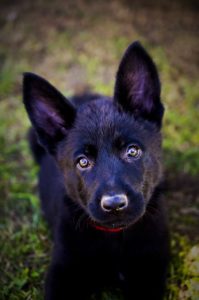 Every dog on this list has to have won herding or schutzhund competitions as well as the typical dog shows. They also have to go through health checks.
Every dog on this list has to have won herding or schutzhund competitions as well as the typical dog shows. They also have to go through health checks.
German Shepherds are prone to hip dysplasia and if they have this they are not allowed to breed.
Like the American lines they also do well as family pets. They are easily trainable, perhaps even more so than the American lines.
If they are trained well, they will become more active and intelligent than American German Shepherds.
3) West German Working Lines
Max von Stephanitz is the person who developed the German Shepherd and set the standards for the breed.
The West German Working Lines are the dogs which most closely resemble his vision. There are in fact, five types of this dog, but they are all grouped together.
Each variation has its’ own color and coat type. In addition there are two subsets of this dog, the Dutch German Shepherd and the Belgian German Shepherd.
The West German Shepherd Working lines have backs which are more sloped than the East German Shepherd. In addition, they are not quite as dark as their East European cousins.
The most common color is red and black, but they also come in black and tan, sable, bi-color and occasionally black.
These dogs have an even temperament and excellent working ability. They are good at guarding, protecting and search and rescue.
However, because they are calm dogs they are also good as family pets as long as their minds are tested and they get plenty of exercise.
The only problem with this dog can be health issues. In West Germany, the health evaluations aren’t as strict as in East Germany so they might incur more health problems. The one most common health issue is hip dysplasia.
4) East German DDR Working Lines
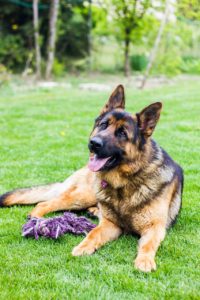 When the Berlin Wall was built there was no contact between East and West Germany which led to the East German Working Line being preserved.
When the Berlin Wall was built there was no contact between East and West Germany which led to the East German Working Line being preserved.
They were bred to be guard dogs or to work for the police force or the military. They are intelligent and loyal dogs and have few temperament problems.
In comparison to their West German cousins they are less susceptible to health problems and few get hip dysplasia which is common in the West German line.
In East Germany there are even stricter breeding standards so if they have health problems like hip or elbow dysplasia they won’t be allowed to breed.
Every puppy is also tested before being sold to make sure that there are no health problems.
These dogs have strong bones, large heads and broad shoulders. However, despite this they are smaller than their West German cousins. In addition they are usually a darker color and black isn’t uncommon.
These dogs were bred to endure bad weather and to guard animals and property. They are used to long working days.
However, this doesn’t mean that they won’t be good family pets. They just need plenty of exercise and some challenges for their minds.
5) Czech Working Lines
Czech Working Lines were bred to be border patrol guards in communist Czechoslovakia after World War Two. They have immense drive and want to be challenged.
They are more agile than any of the other lines and are very driven in their purpose as guard dogs.
Czech Working Lines are strong and very agile. They look like a German Shepherd, but are smaller than any of the other lines.
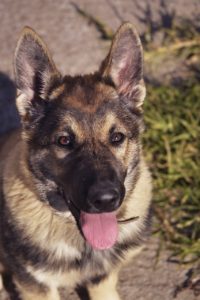 Their coats are much darker as well and unlike show dogs that have a saddle coloration, these dogs usually are just one color, like grey, dark brown or black. They look more like wolves than any of the other lines.
Their coats are much darker as well and unlike show dogs that have a saddle coloration, these dogs usually are just one color, like grey, dark brown or black. They look more like wolves than any of the other lines.
These dogs have less health problems than any of the other lines and this goes for their behavior as well.
However, they don’t make good house pets unless you have time to give them plenty of exercise and challenges to overcome. They are dogs which have been bred for work and they excel in protection and obedience.
Most of the Czech Working Lines can be traced back to one kennel which is pretty amazing. However, there are also a few who have descended from some East German lines. Whichever they are they have an incredible work drive.
Comparison Between Show and Working German Shepherds
You probably haven’t thought much about different German Shepherd characteristics but it is amazing how many there are.
For a start working German Shepherds have less health problems than show dogs. This is because show dogs are bred to certain standards and this can affect their health.
Working dogs also have less temperament issues and they have more variation in color and coat type. They also have more intense personalities than show dogs.
German Shepherds aren’t couch potatoes and this goes for all the different lines. If you want to have them as pets, you have to give them plenty of exercise and find things to challenge their minds.
Final Thoughts
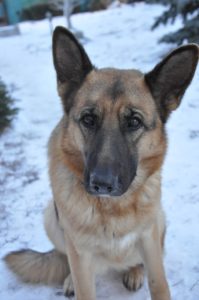 I bet you never thought that there were so many different varieties of German Shepherds. I certainly didn’t until I started reading up about them.
I bet you never thought that there were so many different varieties of German Shepherds. I certainly didn’t until I started reading up about them.
So which do you choose if you want one as a pet? I would say pick one of the show dogs, either the American show line or the West German show line.
Although they still need plenty of exercise, they won’t be as challenging as a working dog.
However, if you have the time and energy to deal with a working dog, go for it. They will still make very loving pets.
